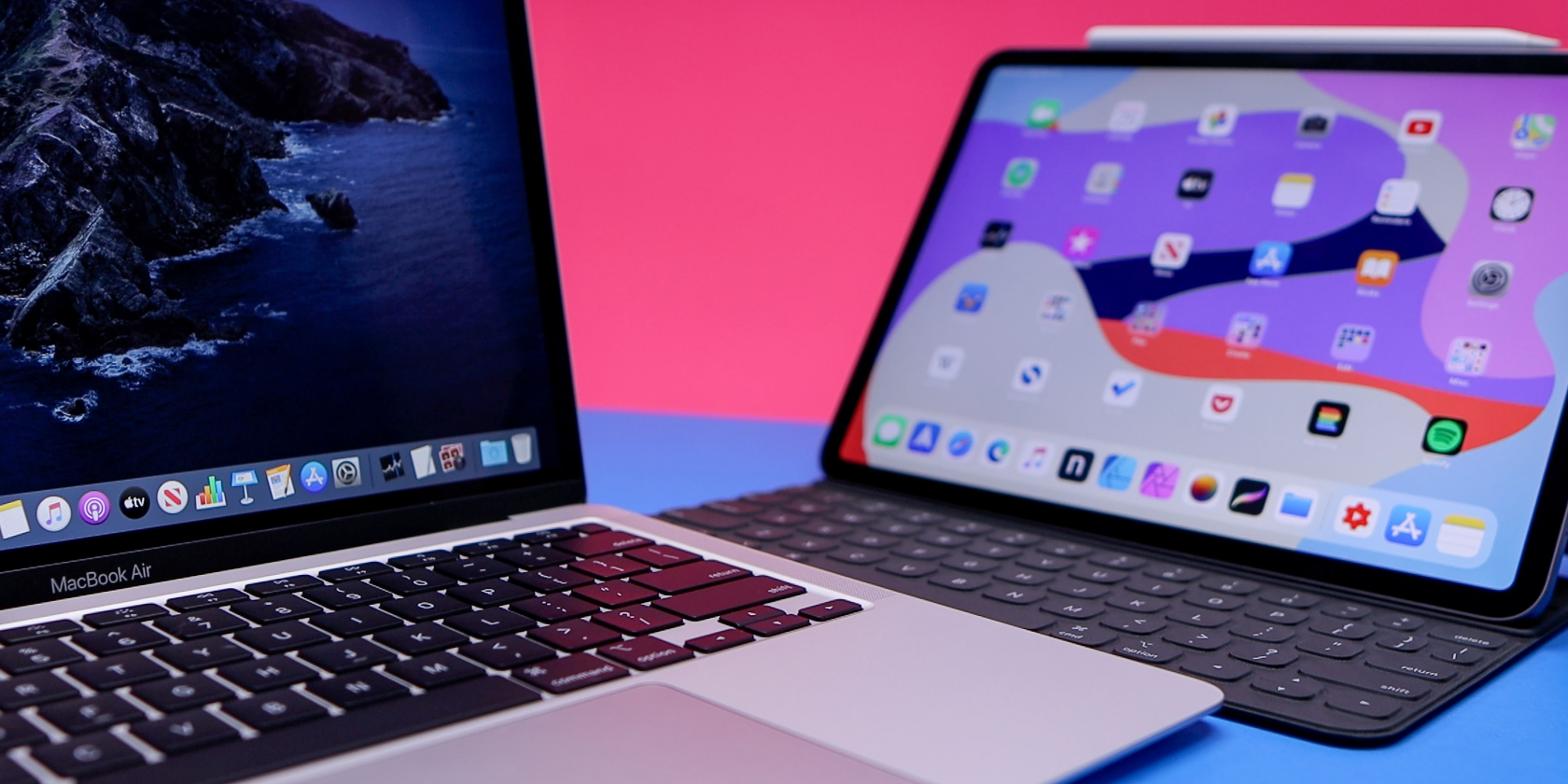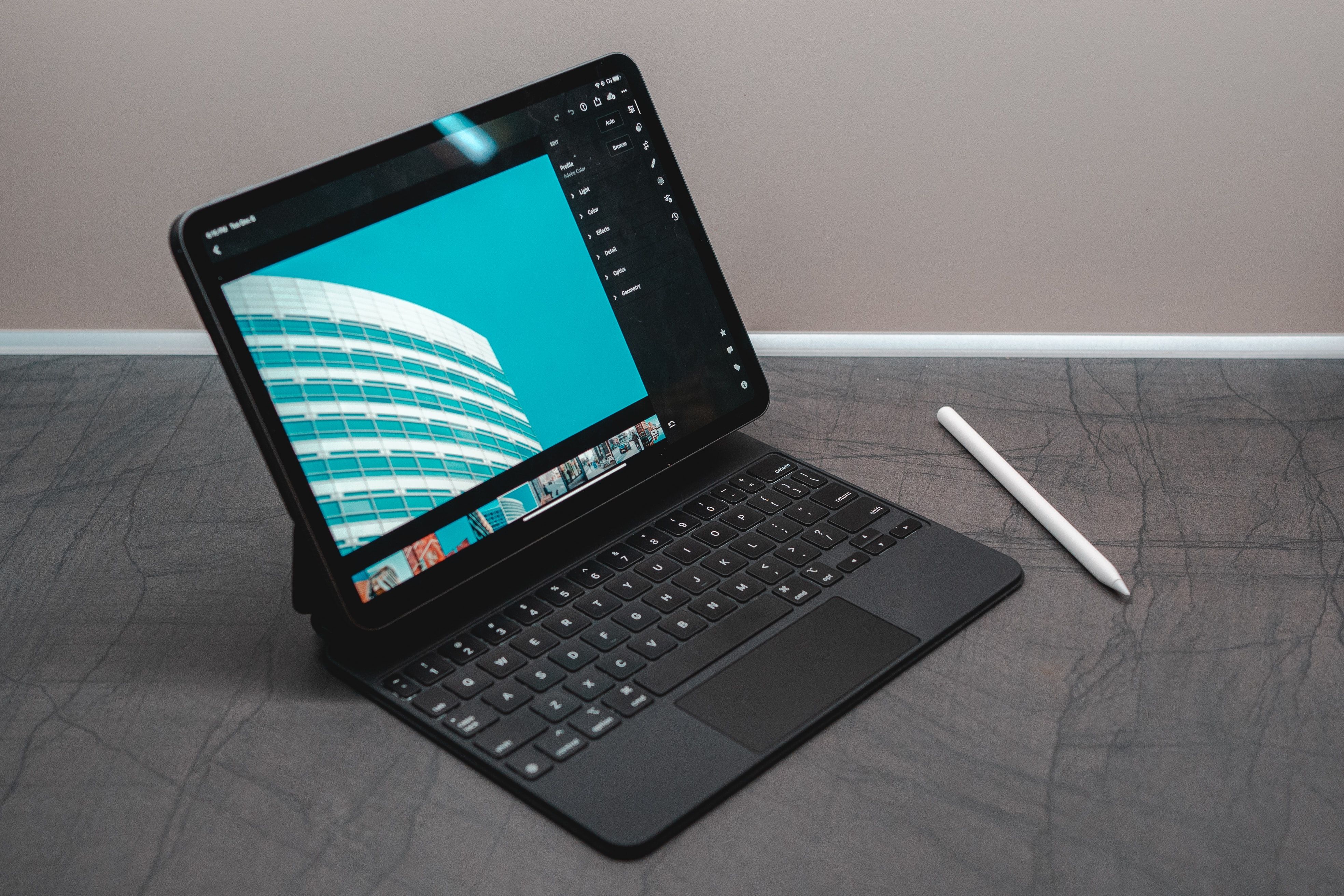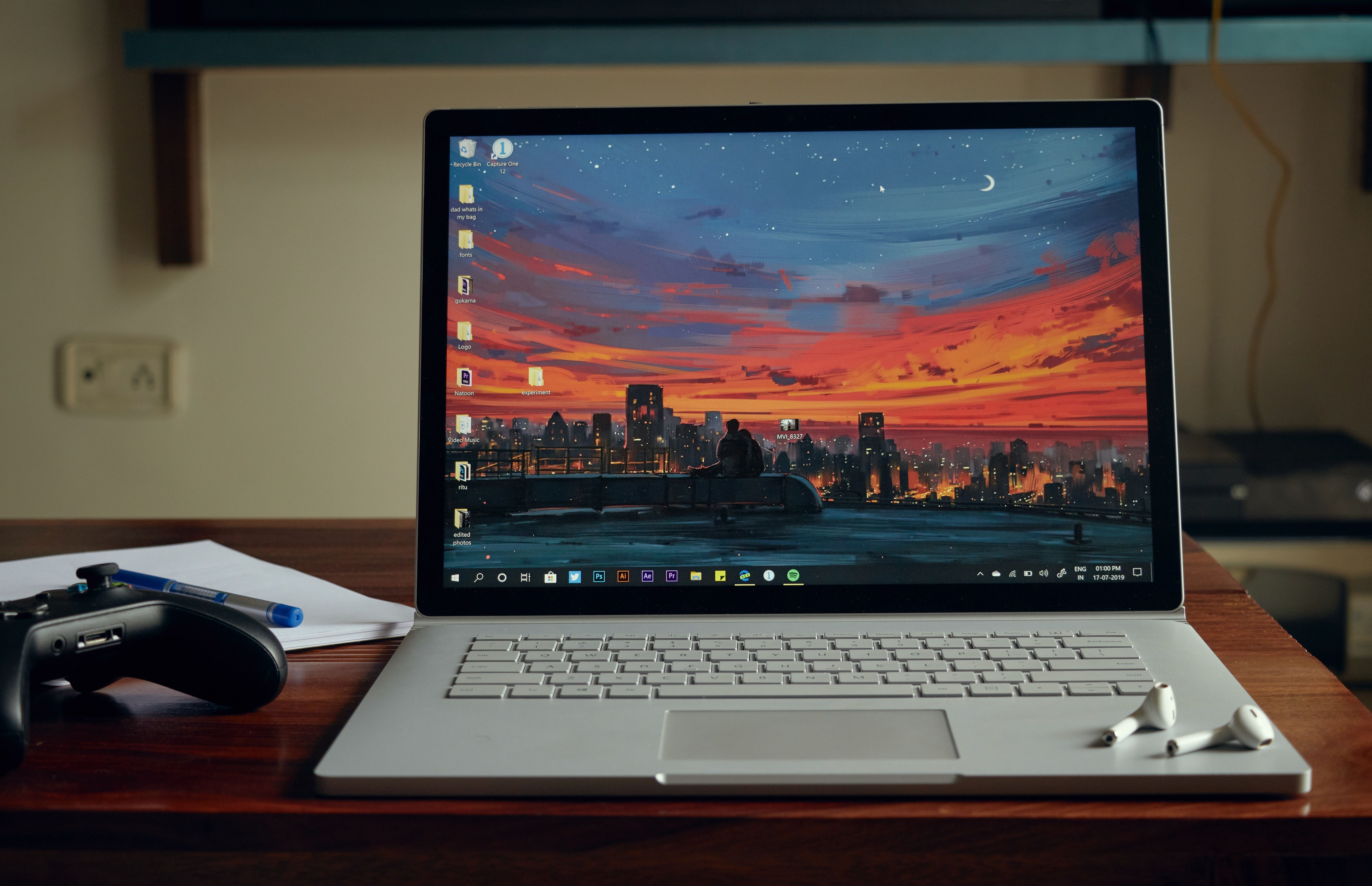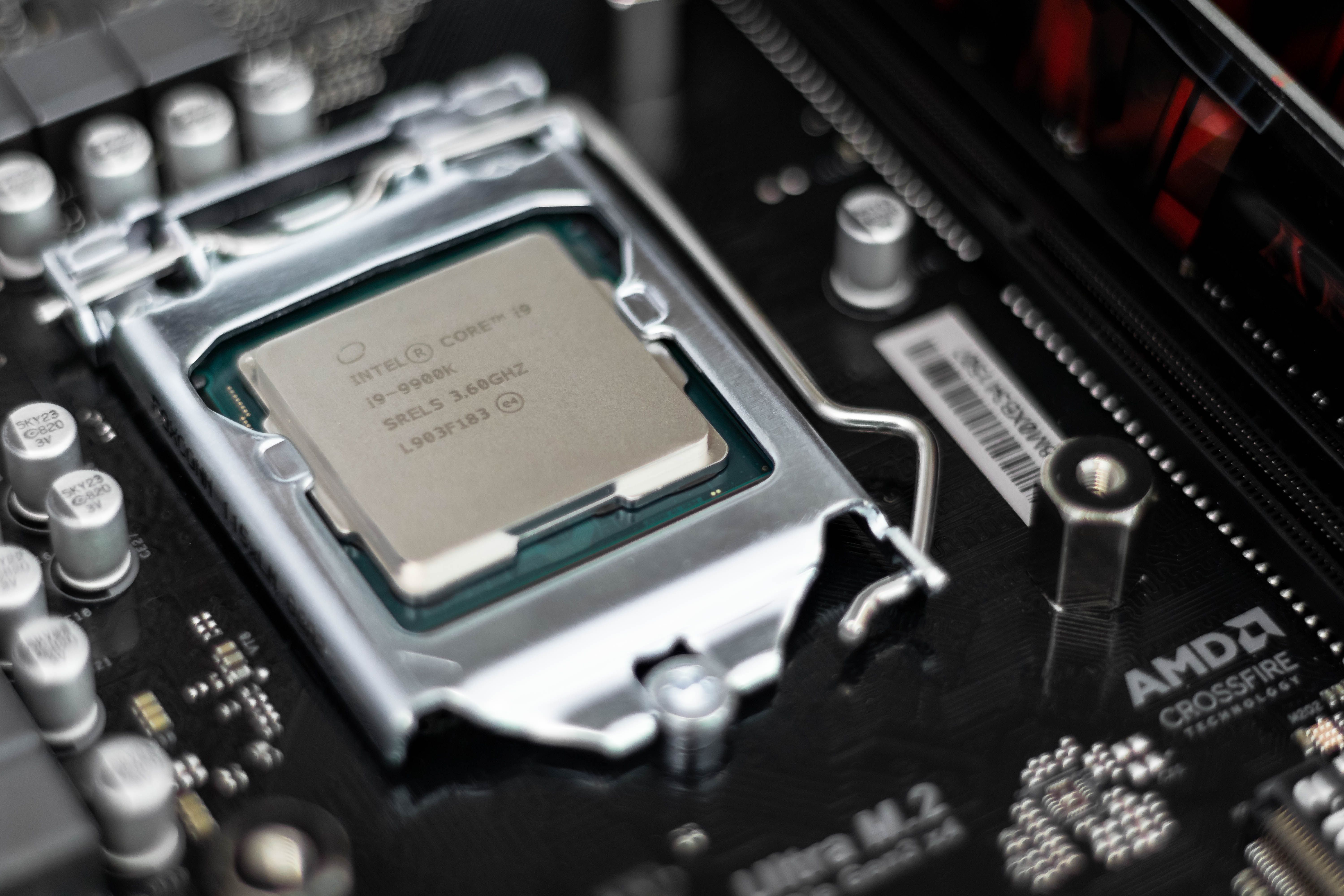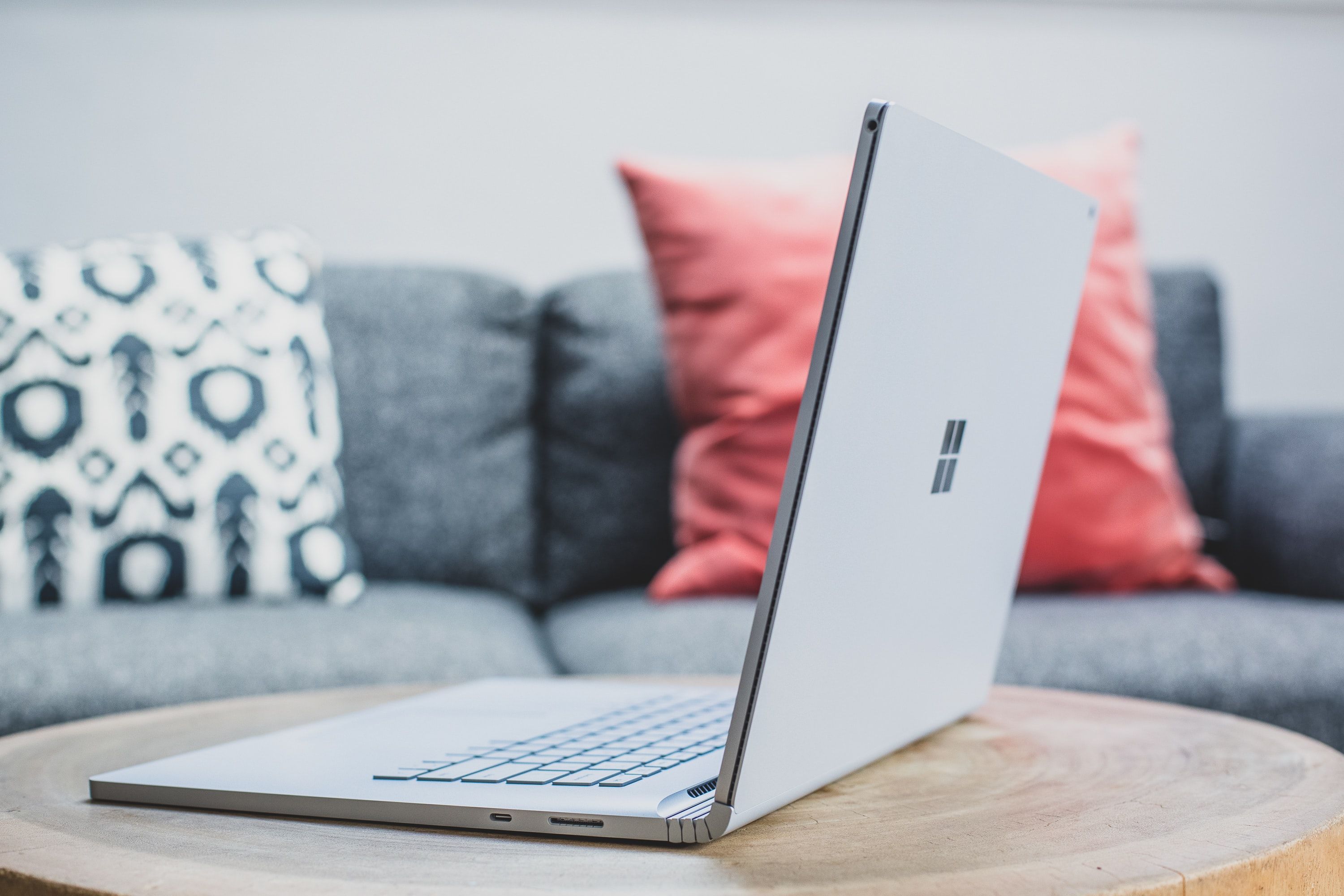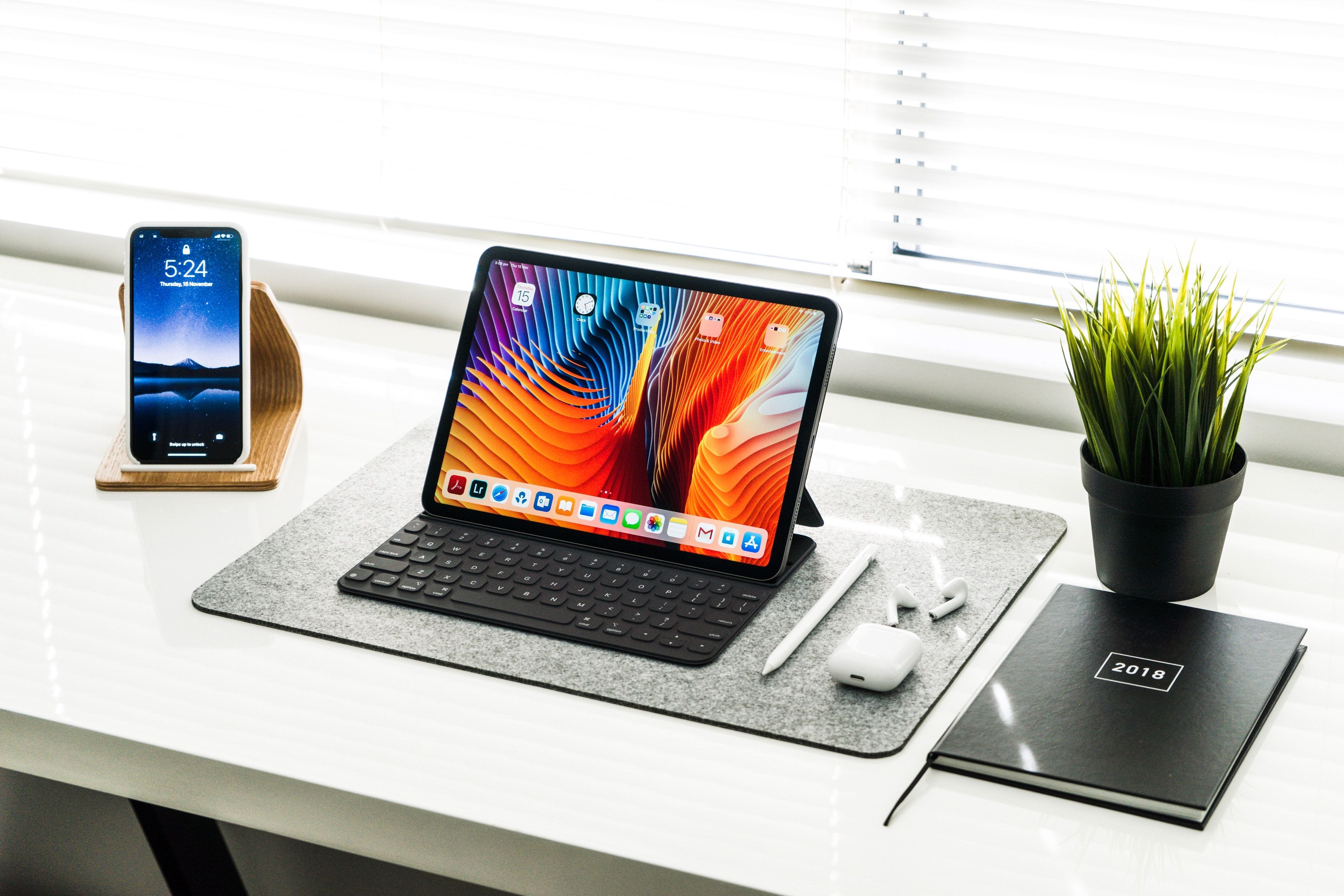Ever use a laptop and wish it was a tablet? How about the other way around? There is a solution: a 2-in-1 device, combining laptop and tablet into a single portable solution.
2-in-1 computers are now fairly common. Manufacturers have taken to the form factor, producing powerful yet compact devices that combine both devices' portability and functionality into a single package.
Whether you're buying your first 2-in-1 or just looking for new hardware, here's how you choose a 2-in-1 device.
What Are 2-In-1 Devices?
Throughout the past decade, we've seen several different variants of what we now call 2-in-1 devices.
These are devices that, when done correctly, can be a computer capable of all your productivity tasks as well as entertainment and all your creative endeavors after your daily work is done.
For work or school, you may need a device capable of seamless note-taking, the ability to make presentations, and run the applications you need during your busy day.
Once you're ready to relax, your 2-in-1 device becomes the perfect tablet to watch movies on, video call with friends, work on digital art and even edit photos and videos.
There are two different types of 2-in-1 devices out there. First, there are tablets with separately purchasable keyboard accessories to make it a 2-in-1 device.
Then there are laptops with full keyboards and trackpads that flip around to only show their touch screen to look and function similarly to a tablet.
Before you purchase your first 2-in-1 device, here are a few things you should look out for.
Operating System and Software
What kind of software do you want to run on your 2-in-1 device? The software you want to use can determine the 2-in-1 device you purchase.
iPadOS
An iPad is one of the best laptop replacement tablets on the market due to its new software update to iPadOS 14.
Apple's software is straightforward to use and has several applications that run exceptionally smoothly. iPads also have many applications that let you do almost everything you need them to, such as video and photo editing, digital art, and note-taking.
You may also want to consider what applications you know you really want. Some apps are exclusive to the Apple App Store, such as Procreate, an award-winning app for digital artists.
Windows
Those who are already using Windows applications on their computers may want to consider Microsoft's Surface line of 2-in-1 devices. They can run full desktop applications with a touch screen's convenience, which certain apps can take advantage of.
Although most Windows applications run smoothly on these devices, others may not be well optimized or require more processing power or memory to run well, resulting in a poor software experience.
Chrome OS & Android
There are also 2-in-1 devices built by various companies that run Android and/or Chrome OS.
These devices cannot run full desktop applications. You must use the Chrome Web Store or Google Play to find applications to do what you want.
This is an easy task if all you want to do is check your email, browse the web, stream videos, or even do some light photo editing with apps like Adobe Lightroom; however, this is not the case when it comes to more complex applications, such as AutoCAD and Adobe After Effects.
Performance
The second thing to consider is performance. Higher performing devices will give you a smooth, enjoyable experience while streaming, playing games, and using applications that require more processing power.
Processor (CPU)
Processing power is very important for everyday tasks. Intel's Core i3 and Core i5 processors deliver a great balance between price and performance and are very common in today's 2-in-1 devices, while AMD's mobile Ryzen processors are also highly rated.
During your research, you may see a cheap 2-in-1 device that has an Intel Pentium or Celeron processor. These devices are good for you if you only want to browse the web or stream a few videos.
The performance of devices with lower-end processors can differ depending on their other tech specs, such as screen resolution and the amount of RAM.
RAM
The more RAM in your device, the smoother your device will perform when you have multiple apps and browser windows open.
In most 2-in-1 devices, you'll find 4GB RAM, which is great for everyday tasks, photo and video editing, and some light gaming.
If the device you're looking at has an option to upgrade to 8GB RAM, that would be a great option for you. This should be enough memory for any task you throw at it.
You can avoid upgrading any higher than that, as most users will not notice a change in performance in their daily tasks.
Graphics (GPU)
You will hear a lot about GPU performance when it comes to gaming. However, a good graphics card can also help with faster rendering when exporting videos and smoother video playback with high-resolution videos above 1080p.
This is something you don't have to think about much if you're looking at budget 2-in-1 devices under $600, as they usually come with built-in Intel graphics that perform just fine.
When looking at higher-end devices, it's a good thing to check what GPU the device uses.
For example, Microsoft's Surface Go Laptop is a great device for the money that offers built-in Intel UHD Graphics for $549. Whereas the Surface Book 3, which costs around $1,399, offers an Nvidia 1660 Ti, which is great for power users looking to play graphically demanding games on the go and edit high-resolution videos.
Battery Life
One of the most important parts of any device is the battery life. Look for a 2-in-1 device with at least 10 hours. This will give you enough power to last the day at work or school, with a little bit extra for entertainment before needing to be plugged in. Watch out for 2-in-1 devices that have a high-resolution screen, which can drain battery life.
Some devices, such as the Microsoft Surface line, are compatible with fast charging, so you can get up to 80 percent charge in about an hour. This is a great feature to have with any 2-in-1.
Pricing & Extras
While shopping for a 2-in-1, you may become quickly overwhelmed with the number of products, with prices ranging from $399 to $1,699.
To remedy this, identify your budget before shopping. Write down exactly what you're looking to use your 2-in-1 for, as some models are better for one task than another. When budgeting, also identify what accessories are most important to you.
Accessories
While the expensive models, such as the Microsoft Surface Book 3, come with detachable keyboards already, cheaper models, like the Surface Go, give you the option of a detachable keyboard for around $100.
If digital art is going to be a big part of your purchase decision, you'll also want to factor in the pen's cost, which will cost you an extra $100. Most manufacturers selling you a 2-in-1 have these accessories available for purchase, but not all are created equally when it comes to quality, so do your research before making a purchase.
Upgrading & Repairing
2-in-1 devices are amazing devices that can offer everything the user needs for years to come. However, some users may need more space or crave more power as the years of ownership go by.
Upgradability varies per device manufacturer. Most of the Microsoft Surface line allows you to upgrade only your SSD, while other companies may allow you to upgrade the RAM as well.
Some devices may also give you access to the battery, such as the Dell XPS 13 2-in-1 so that you can replace it. Before opening up your device for repair, you should contact the manufacturer first to see if they can repair it under warranty. Opening up your device may void its warranty, so you should do so at your own risk.
Certain manufacturers are very good when it comes to sending in your device for repair. Microsoft, for example, has an extra warranty program called Microsoft Complete. If your device's screen breaks or is beyond the point of repair, you only need to pay a small deductible of $49 if you're in the United States.
Microsoft's turnaround time for repairs is also rapid compared to the competition, which is between 3 and 12 days.
How Will You Use Your New 2-in-1?
There are lots of different 2-in-1 users out there. These devices help online creators make videos for their audience, podcasts about their interests, and digital art. College students also love these for being so versatile.
Taking notes in class, then video calling with friends wherever you are with the same device has never been easier.

